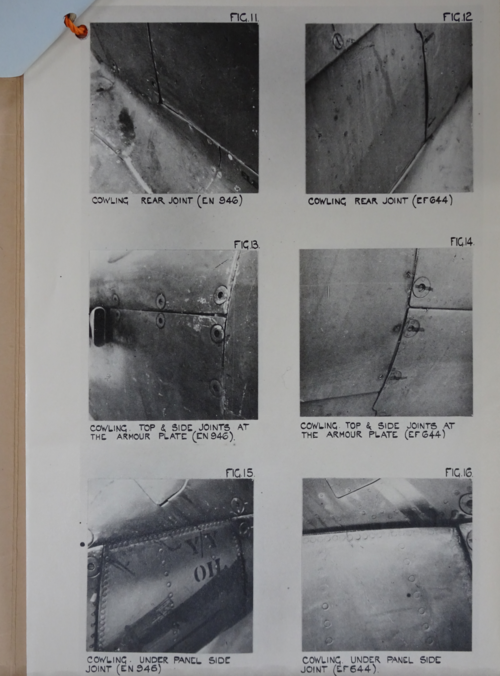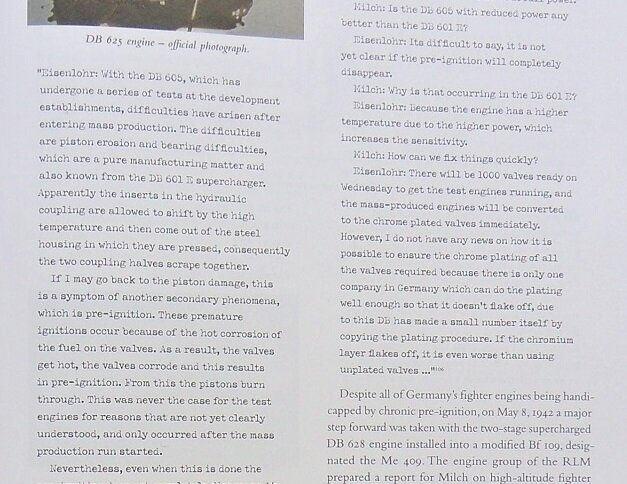The Spitfires delivered to Australia, were with a few exceptions used for various trials in the U.K., brand new Mark Vc airframes (with the possible exception of a single aircraft listed in some sources as a Mk.Vb) shipped direct from U.K. MUs to Australia. They had been built from May 1942 onwards. The first batch of 6 arrived in Australia on 14 Aug 1942 with another 100 or so by the end of the year.So the problem of de Havilland propeller hydraulics freezing at high altitude was known back in 1940/41. Combine that with a high-pressure glycol coolant system and Ouch! Several shiploads of these Spitfire Mk Vs, mostly second-hand from the European and African campaigns, were subsequently shipped out to Australia where three squadrons were formed to defend the northern areas from Japanese attacks following Pearl Harbour and a lesser-known simultaneous raid on Darwin. Many pilots and planes were lost over the Timor sea when, seeing a Jap fly past below, they opened up full throttle and dived over-hastily. The prop then failed "safe" to fine pitch. The engine immediately over-revved, sprung pressurised coolant leaks and began spewing toxic glycol fumes into the cockpit. The pilot had just seconds to bale out before being overcome. But even if you did get out in time, you landed in the middle of the Timor sea.
Details of their histories can be found here
And here
The confusion about their being used may arise from a batch of 42 “Capstans”, as they were codenamed, earmarked for Australia being diverted to the Desert Air Force in mid 1942.
54 sqn RAF and 452 and 457 RAAF left the U.K. in mid 1942. They formed No. 1 (Churchill) Wing at various bases in the Darwin Area from Feb 1943. By mid 1943 serviceability became an issue due to lack of spares and replacement aircraft. One comment from official records around this time was
“After six months tropical service, coupled with rapid climbs, the engines were fast approaching a critical period in their flying life and were passing the limit of efficiency. S/Ldr E Gibbs, 54 Squadron reported that this position assumed a serious aspect quite suddenly because of the greatly increased activity of the enemy in this sector during the past few weeks.” That was July 1943. Their was also some resentment felt amongst Wing personnel as it was felt, rightly or wrongly, that the OTU in Mildura had better aircraft than the operational squadrons.
While there were reported problems with glycol leaks a bigger cause of losses at this time was pilots running out of fuel (due to a lack of drop tanks) and use of the wrong tactics (trying to dogfight Zeroes).
Glycol problems were still being experienced in No1 Wing on Mk.VIII in Feb 1945. This extract from a book “Lions and Swans” is interesting about the glycol problems.
“The Squadron (No.54) was virtually grounded because of pitting and holes developing in the engines’ liquid cooling pipes. The two commonly held causes were (a) the pilots’ belief that the engine and pipes had been tested and almost, but not quite, drained before the long sea voyage from England and (b) maintenance men contended that a switch had been made from genuine ‘GLYCOL’ to a substitute because of supply difficulties and it was the unsatisfactory substitute that had caused the corrosion”.
Other aircraft fitters present have offered other explanations including -
That the mix of coolant was supposed to be 30% Glycol and 70% distilled water. But ordinary tap water was used without distillation.
The ‘substitute’ glycol came from US supplies in containers measured in US gallons not Imperial and the mix was then made incorrectly.
Replacement Glycol pipes seem to have been in short supply even in 1945 and that was adversely affecting serviceability which was hovering around 40% in May/June 1945.
Information taken from an Australian book, “Together Up There” by Victor Posse
Last edited:




